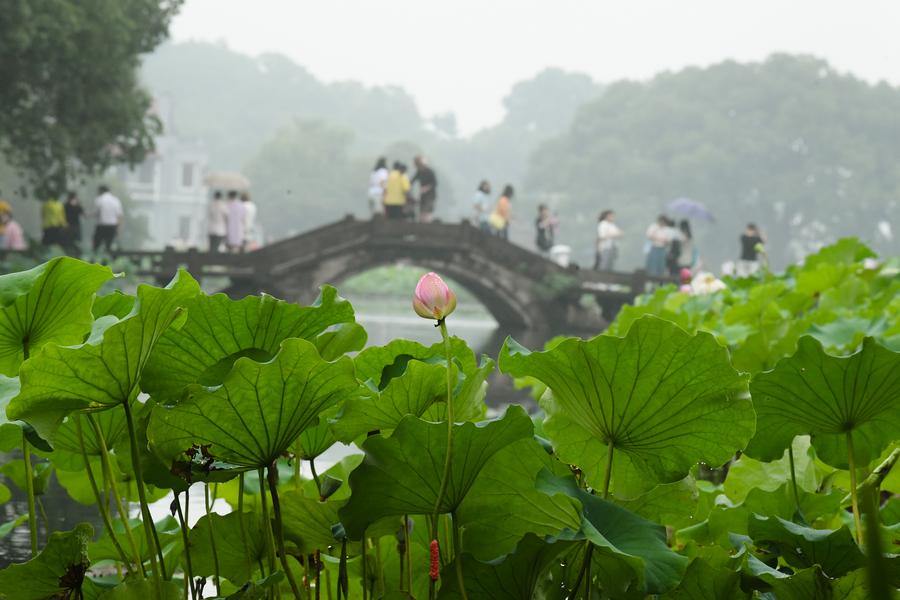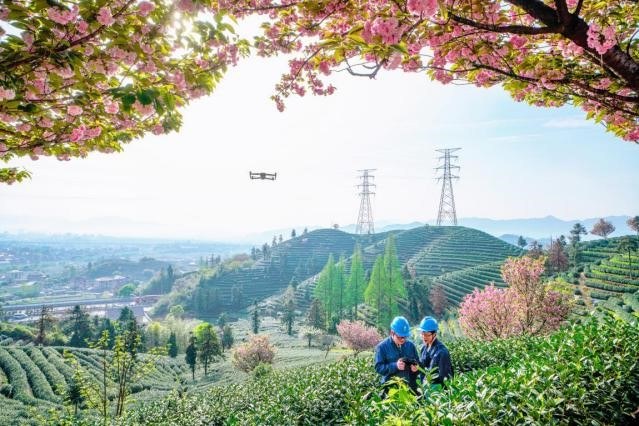
The Fanhuang bamboo carving is a traditional craft of Ningbo. In making carved bamboo ware, moso bamboos are first skin-removed and sliced, then molded and colored drawn, and finally fine-carved and lacquered.
Bamboo carving enjoys a long history in China. Legend goes that back in the Wanli Period of the Ming Dynasty, the Zhu Sulin’s family in Jiading (a county in Zhejiang) cut drawings on bamboos, which became artwork most favored by the people. The technique soon spread and there emerged many masterpieces.
Fenghua of Ningbo, a place with abundant moso bamboos, has a history of 100 years of bamboo carving. Before the New China was founded in 1949, there were quite a number of workshops of bamboo carving in Fenghua. The Ningbo Museum has some rare pieces of bamboo carving in its collections.
The moso bamboos used for carving must be fresh ones of large caliber and long bamboo joints. To make a bamboo carving, craftsmen need first to take out the yellowish inside of bamboo (around 2 mm thick), then boil it and fix it on a plate, a semi finished product, in a seamless way. After polishing, it will be carved, painted or decorated. The yellowish color will come out clear and pure, like ivory. After painting and waxing, it will look bright and pleasing to the eye, parallel to jade carving or lacquerware.
Fenghua produces about 100 varieties of carved bamboo ware, including mirror chests, baskets, vases, lamps, chessboards, caddy, animal toys and big screens, with patterns of figures, flowers, birds, landscapes, etc. The carving could be the traditional line drawing or of the forceful inscription style.
(Executive Editor: Yongliu HE)




